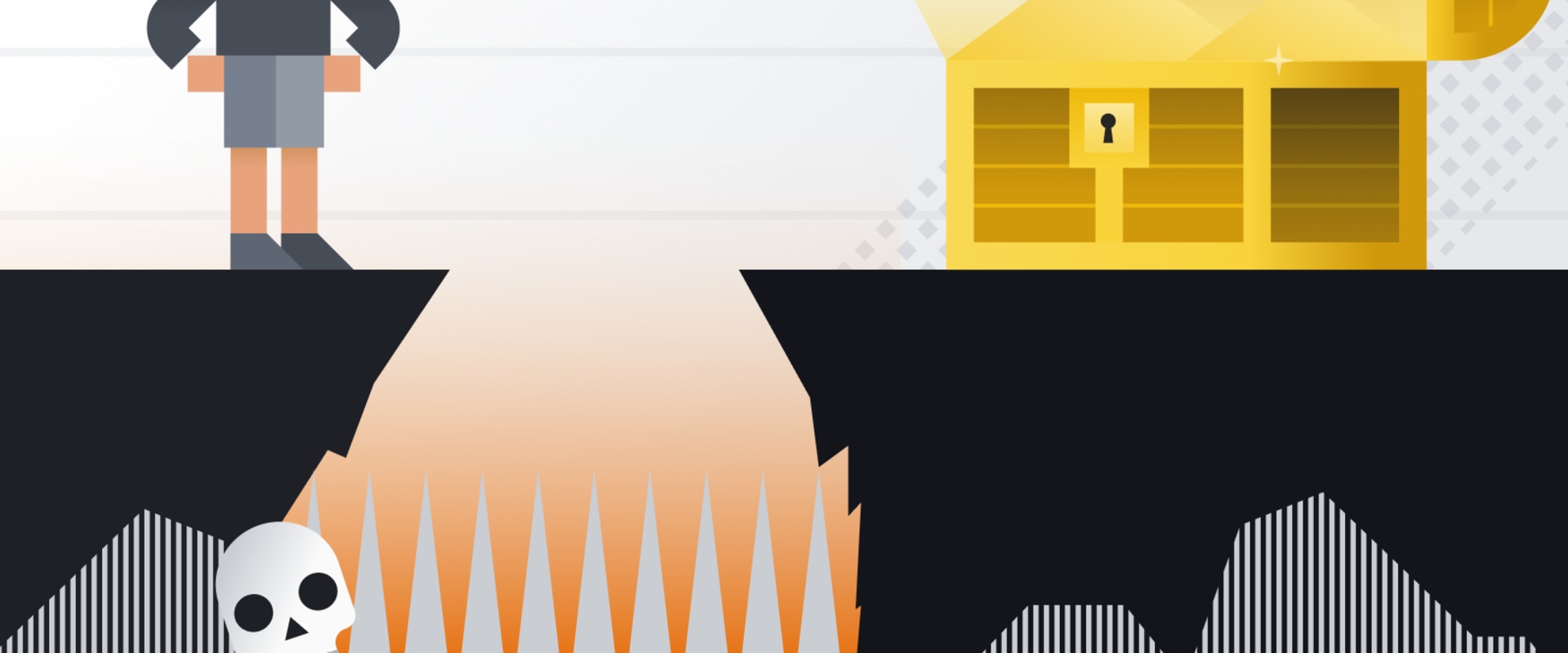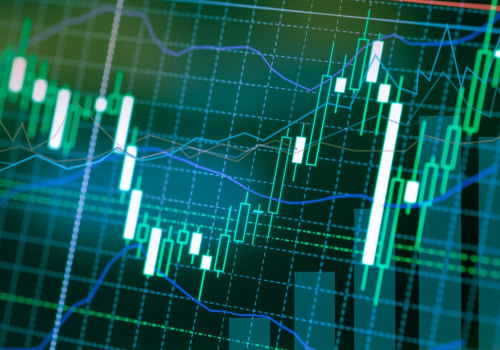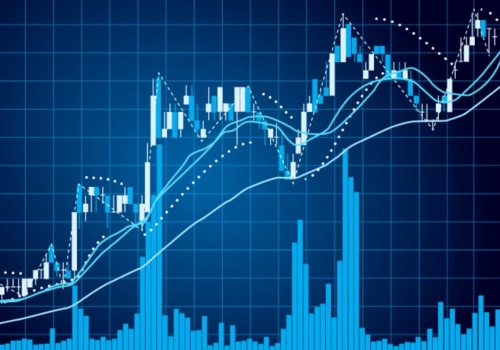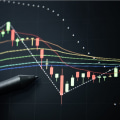When it comes to forex trading, calculating risk per trade is essential for success. Every trade carries with it the potential for both reward and risk, and understanding how to minimize risk while maximizing reward is key to becoming a successful trader. In this article, we will discuss the importance of calculating risk per trade and look at some strategies and tools you can use to help you become more effective in your trading. When trading forex or other financial instruments, it is essential to understand how to calculate risk per trade. Knowing how to assess potential losses can help you make informed decisions and reduce your exposure.
Calculating risk per trade is important because it helps you to understand the potential losses associated with any given trade and gives you an idea of the maximum amount of capital you can afford to risk. There are various methods for calculating risk, including using a stop loss, a trailing stop, and a fixed percentage of your account balance.
Using a Stop Loss
- A stop loss is an order that closes a position when it reaches a certain price level. The stop loss price is set as a percentage of the entry price and can be used to limit potential losses on a trade.For example, if you have bought a currency pair at 1.0000 and set a stop loss at 1.0010, your position will automatically close if the pair reaches 1.0010.
Using a Trailing Stop
- A trailing stop is like a stop loss, but it adjusts dynamically as the price moves in your favor. If the currency pair moves up by 0.0010 from your entry price, the trailing stop will move up by the same amount. This allows you to lock in profits while still allowing for some upside potential.Using a Fixed Percentage of Your Account Balance
- Another method for calculating risk is to use a fixed percentage of your account balance.This approach limits the amount of risk you take on each trade to a certain percentage of your total capital. For example, if you have an account balance of $10,000 and decide to risk 5% of that balance on each trade, then each trade will involve risking $500.
Managing Risk Once It Has Been Calculated
- Once you have calculated your risk per trade, it is important to manage that risk appropriately. One way to do this is to diversify your portfolio by investing in different asset classes and markets. This will help to reduce your exposure and minimize potential losses.Additionally, it is important to set realistic expectations when trading and only risk what you are comfortable losing. Finally, using limit orders can also help you to manage your risk by preventing unexpected losses due to sudden price movements.
Types of Risk Associated With Trading
- There are two main types of risk associated with trading: systematic and unsystematic risk. Systematic risk refers to factors that affect the entire market or sector such as interest rate changes or political events. Unsystematic risk refers to factors that are specific to a particular security or sector such as liquidity risk or event risk.Understanding and Managing Risk - Understanding and managing the risks associated with trading can help you make informed decisions and reduce your exposure to potential losses. By calculating risk per trade, setting realistic expectations, diversifying your portfolio, and using limit orders, you can limit your losses while still allowing for some upside potential. In conclusion, calculating risk per trade is an important part of trading forex or any other financial instrument. There are various methods for calculating risk such as using a stop loss, a trailing stop, and a fixed percentage of your account balance. Additionally, understanding and managing the different types of risk can help you minimize potential losses while still allowing for some upside potential.
Calculating Risk Per Trade
Calculating risk per trade is a critical component of successful forex trading and other financial instruments.Risk per trade is the amount of money you are willing to lose on each individual trade. Knowing your maximum risk per trade allows you to plan ahead and manage your losses accordingly. The importance of understanding and calculating risk per trade cannot be overstated. It is essential for any trader to understand the potential losses associated with each trade before entering into a position. This allows them to make informed decisions and manage their exposure to risk.
By understanding the potential losses associated with each trade, traders can better assess the risk/reward ratio, which in turn can help them make better trading decisions. When calculating risk per trade, it is important to consider both the amount of capital at risk and the potential profits. For example, if you are trading with $100, the maximum amount of capital at risk should be limited to $100. Additionally, it is important to consider the potential profits associated with each trade. By understanding the potential losses and profits associated with each trade, traders can better assess the risk/reward ratio and make more informed decisions.
Managing Risk
Once risk has been calculated, it is important to manage it in order to reduce exposure and maximize potential profits.There are a few different strategies for managing risk, such as diversifying your portfolio, setting realistic expectations, and using limit orders. Diversifying your portfolio is a great way to reduce risk. By investing in a variety of different assets, you can spread out your risk so that if one asset performs poorly, you won't suffer too great a loss. This also allows you to take advantage of any opportunities that arise in other markets.
Setting realistic expectations is also important when it comes to managing risk. By setting realistic expectations, you can avoid taking on too much risk and ensure that you are not putting yourself in a position of potentially incurring large losses. Finally, using limit orders can help manage risk. Limit orders allow you to set a maximum price that you are willing to pay for an asset and ensure that you are not taking on too much risk.
Limit orders can also help to protect your profits by allowing you to set a minimum price that you are willing to sell an asset for.
Methods for Calculating Risk
When trading forex or other financial instruments, it is essential to understand how to calculate risk per trade. There are several methods for calculating risk, including using a stop loss, using a trailing stop, and using a fixed percentage of your account balance.Stop Loss
A stop loss is an order that closes a position when the price reaches a certain level. This helps traders limit their potential losses, as once the stop loss order is triggered, the position is closed regardless of the current market conditions.The amount of the stop loss order depends on the trader’s risk tolerance and their desired level of protection.
Trailing Stop
A trailing stop is similar to a stop loss in that it helps limit losses by closing a position when the price reaches a certain level. However, the difference between a trailing stop and a stop loss is that the trailing stop moves along with the price as it changes. This helps traders protect their profits by locking in gains as the price continues to move in their favor.Fixed Percentage of Account Balance
Another method of calculating risk is to use a fixed percentage of your account balance. This involves setting a percentage of your account balance that you are willing to risk on each trade.For example, if you have an account balance of $10,000 and you decide to risk 2%, you would set your stop loss at $200. This ensures that you are limiting your potential losses and protecting your capital.
The Benefits of Understanding Risk
When trading forex or other financial instruments, understanding and managing risk can be crucial for success. Knowing how to evaluate potential losses before entering a trade allows you to make informed decisions and reduce your exposure. There are several benefits of understanding risk when trading, such as:Increased Awareness: By calculating risk per trade, you will be more aware of the potential losses before entering a trade.This will enable you to make better trading decisions and increase your chances of success.
Improved Risk Management:
By understanding the risks associated with a particular trade, you can better manage your exposure and minimize potential losses. You can set stop-losses and take-profits in advance to reduce the amount of risk associated with a trade.Better Decision Making:
Calculating risk per trade allows you to assess the reward versus the risk associated with a particular trade. This will enable you to make more informed decisions and improve your chances of success.Types of Risk
Types of RiskWhen it comes to trading, there are two main types of risk: systematic and unsystematic risk.Systematic risk is the risk that is associated with the entire market and cannot be diversified away. It is known as market risk and is caused by factors like economic downturns, natural disasters, and political instability. On the other hand, unsystematic risk is specific to individual companies or investments and can be reduced through diversification. Unsystematic risk can be broken down into three main categories: market risk, liquidity risk, and event risk. Market risk is the risk that a security or investment will decline in value due to changes in the overall market.
It can be caused by changes in the economy or interest rates. Liquidity risk is the risk that an investor will not be able to quickly sell or buy a security due to lack of buyers or sellers. Finally, event risk is the risk that an unexpected event such as a merger, acquisition, or bankruptcy will cause a security to decline in value. In conclusion, understanding and calculating risk per trade is essential for successful trading. There are various methods for calculating risk, such as using the risk-reward ratio and the stop-loss order, which can help you manage your exposure to potential losses.
Additionally, understanding the different types of risks associated with trading can help you make more informed decisions. By understanding and managing the risks involved with trading, traders can effectively reduce their exposure and increase their chances of success.












Leave Reply